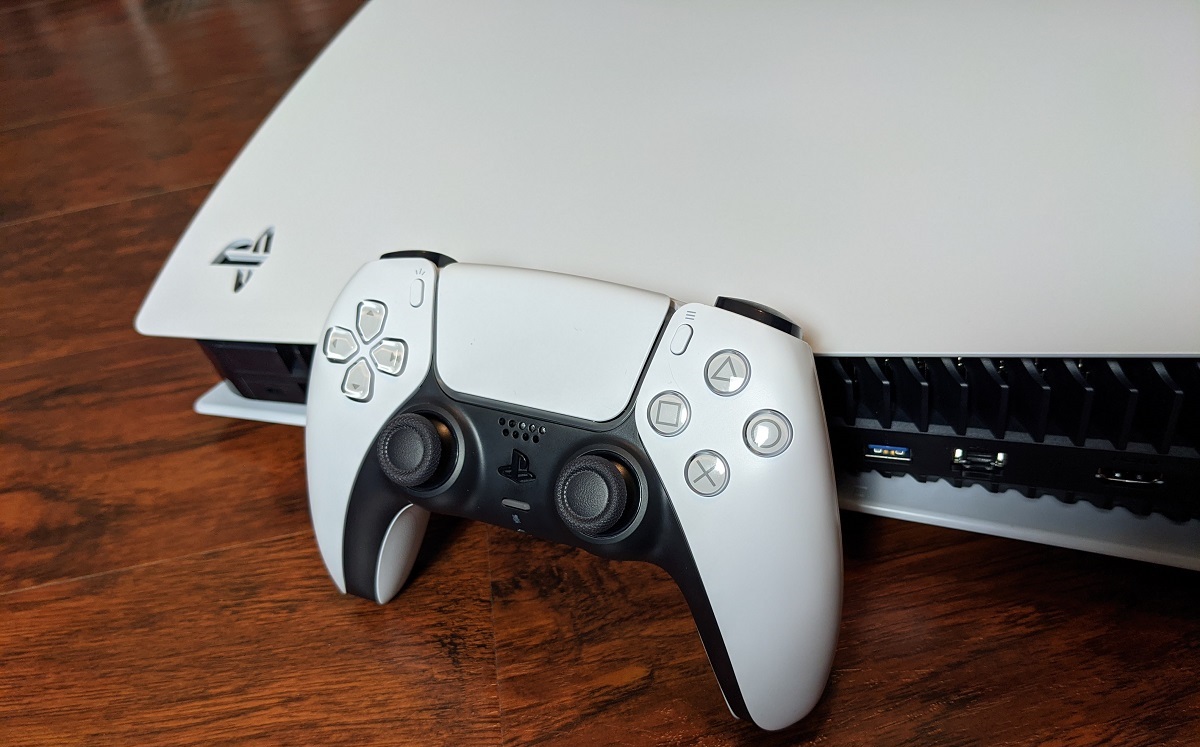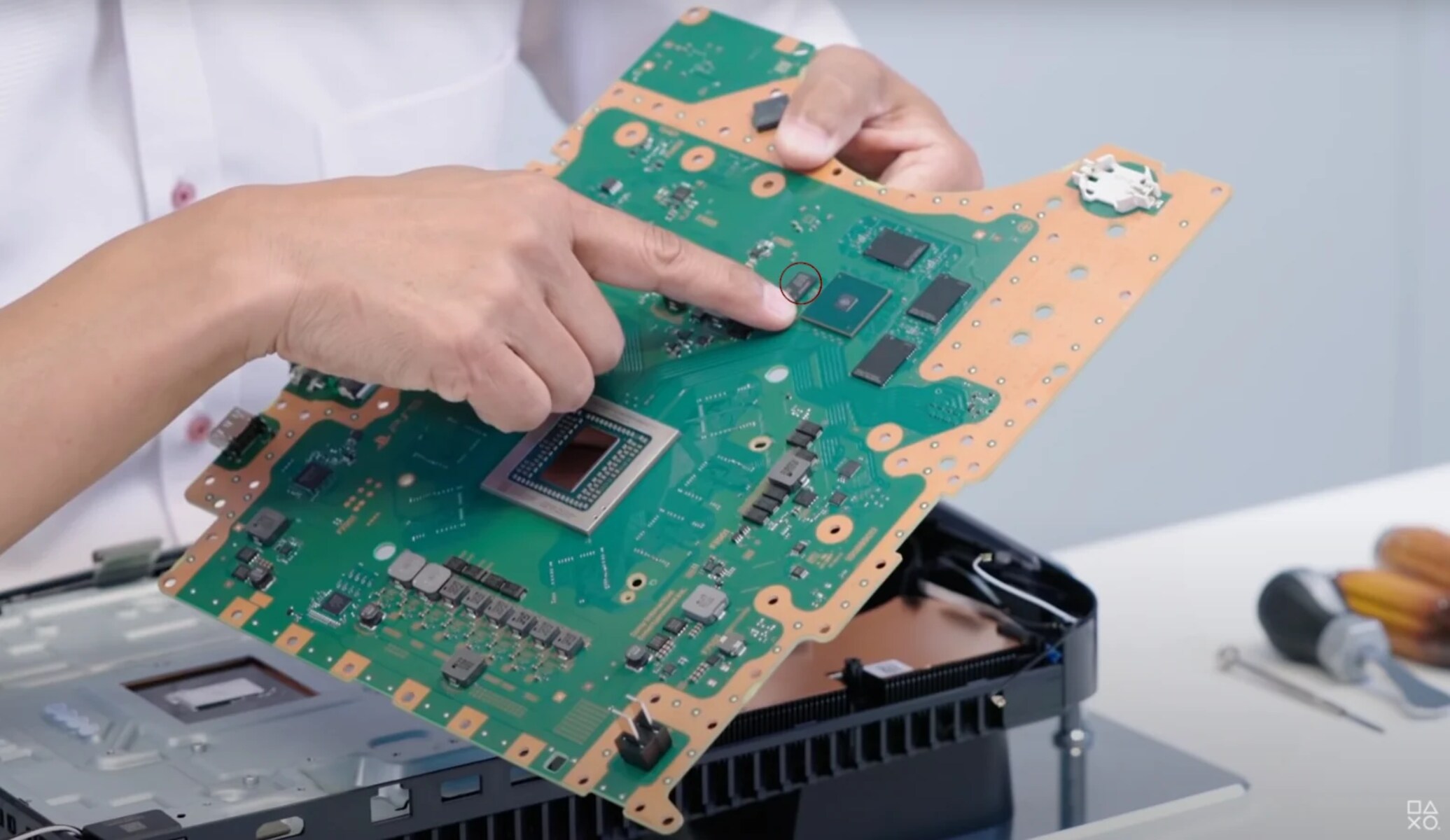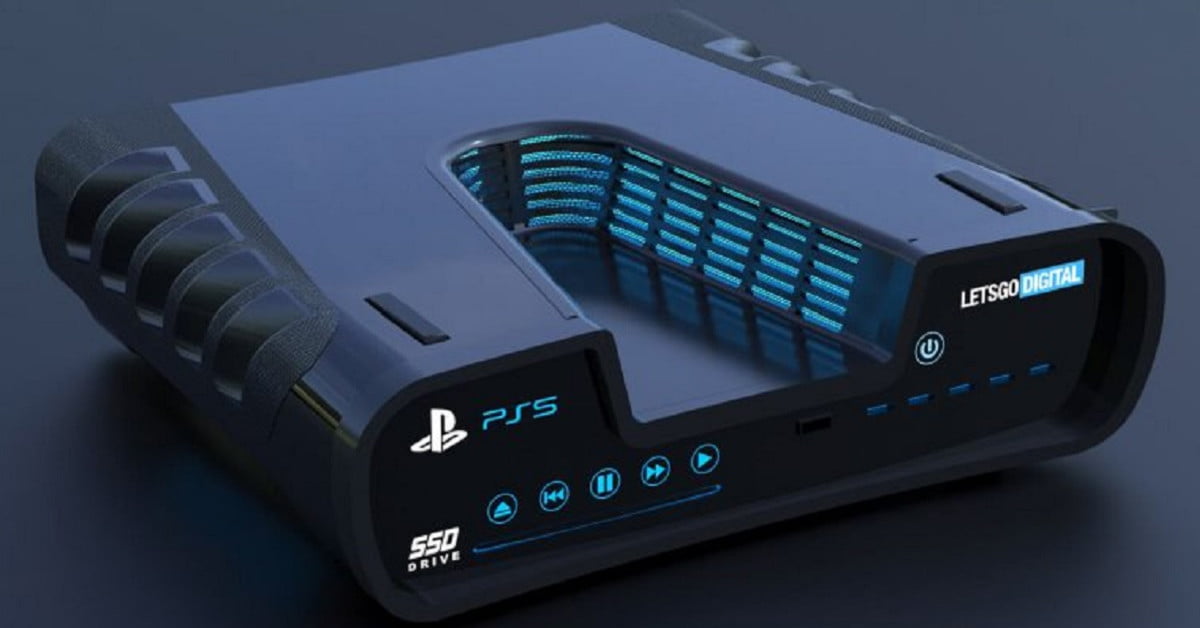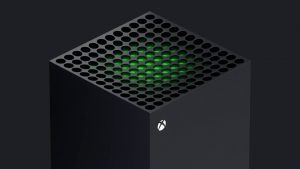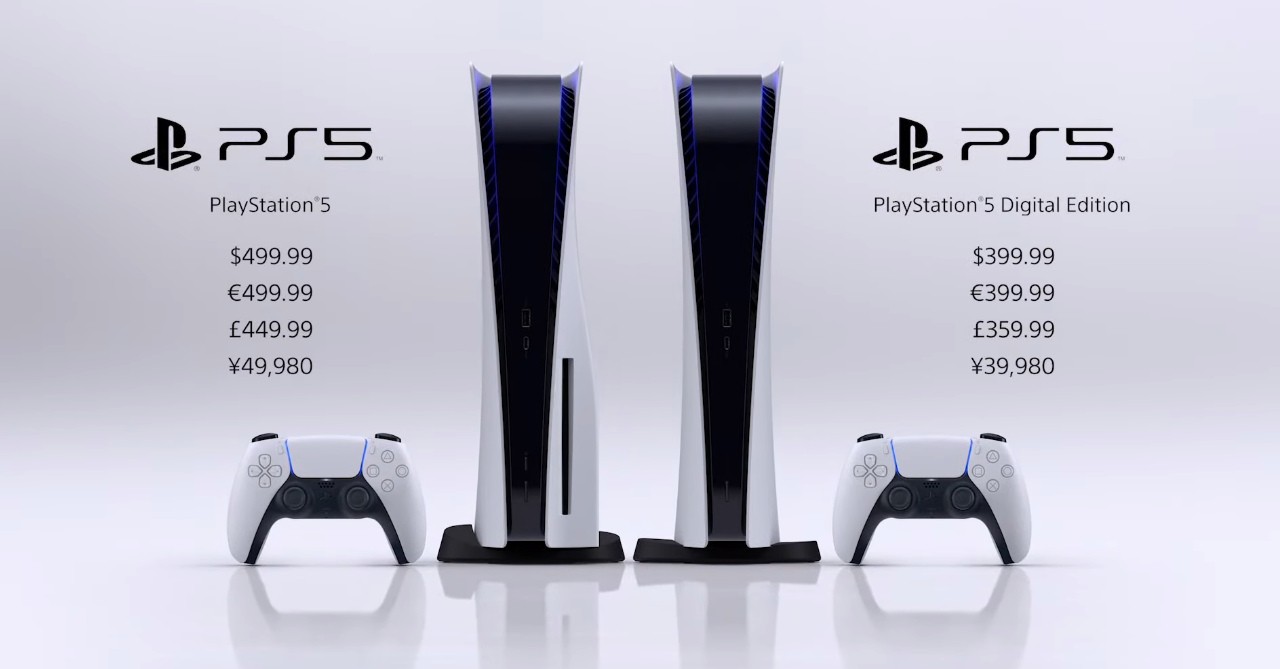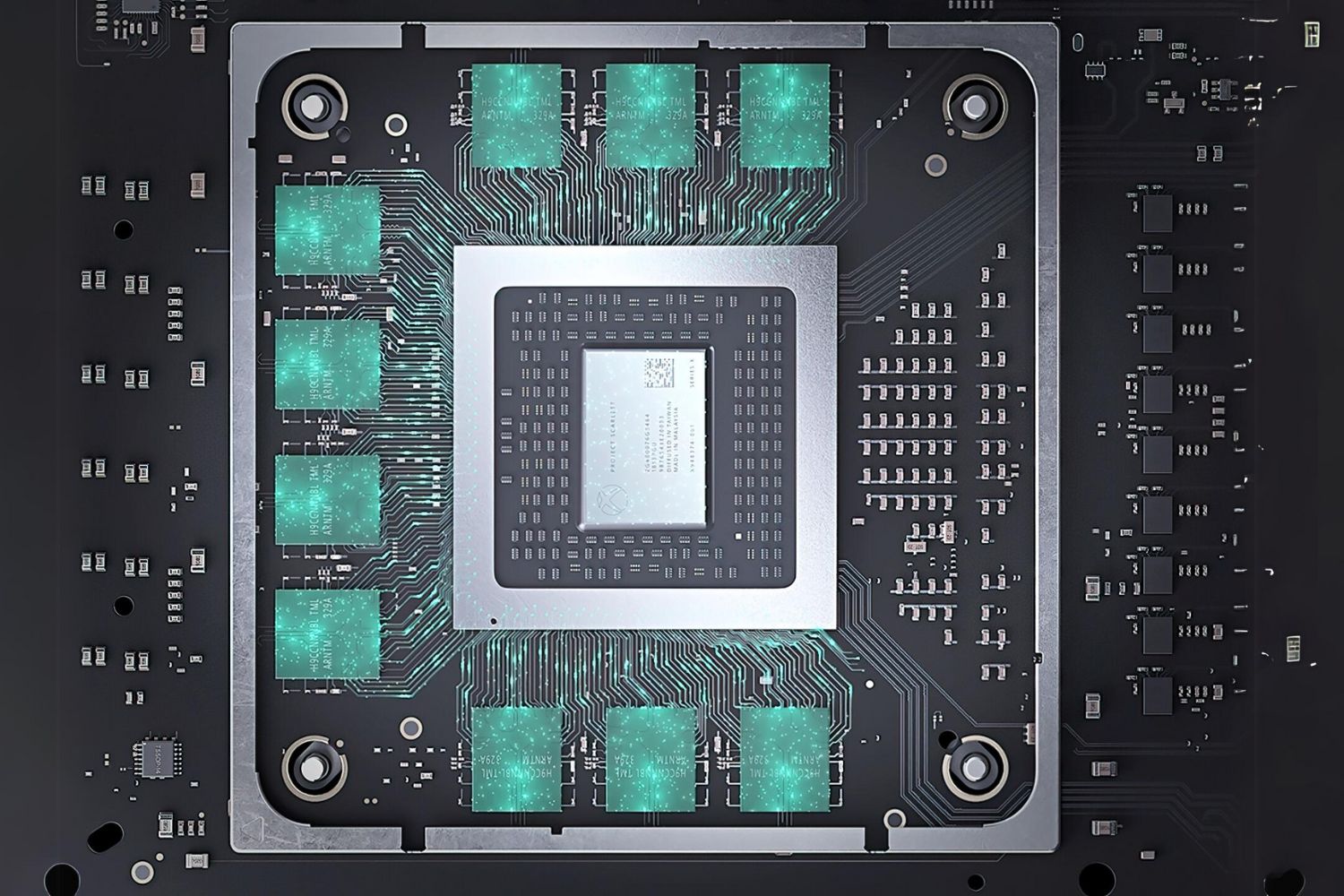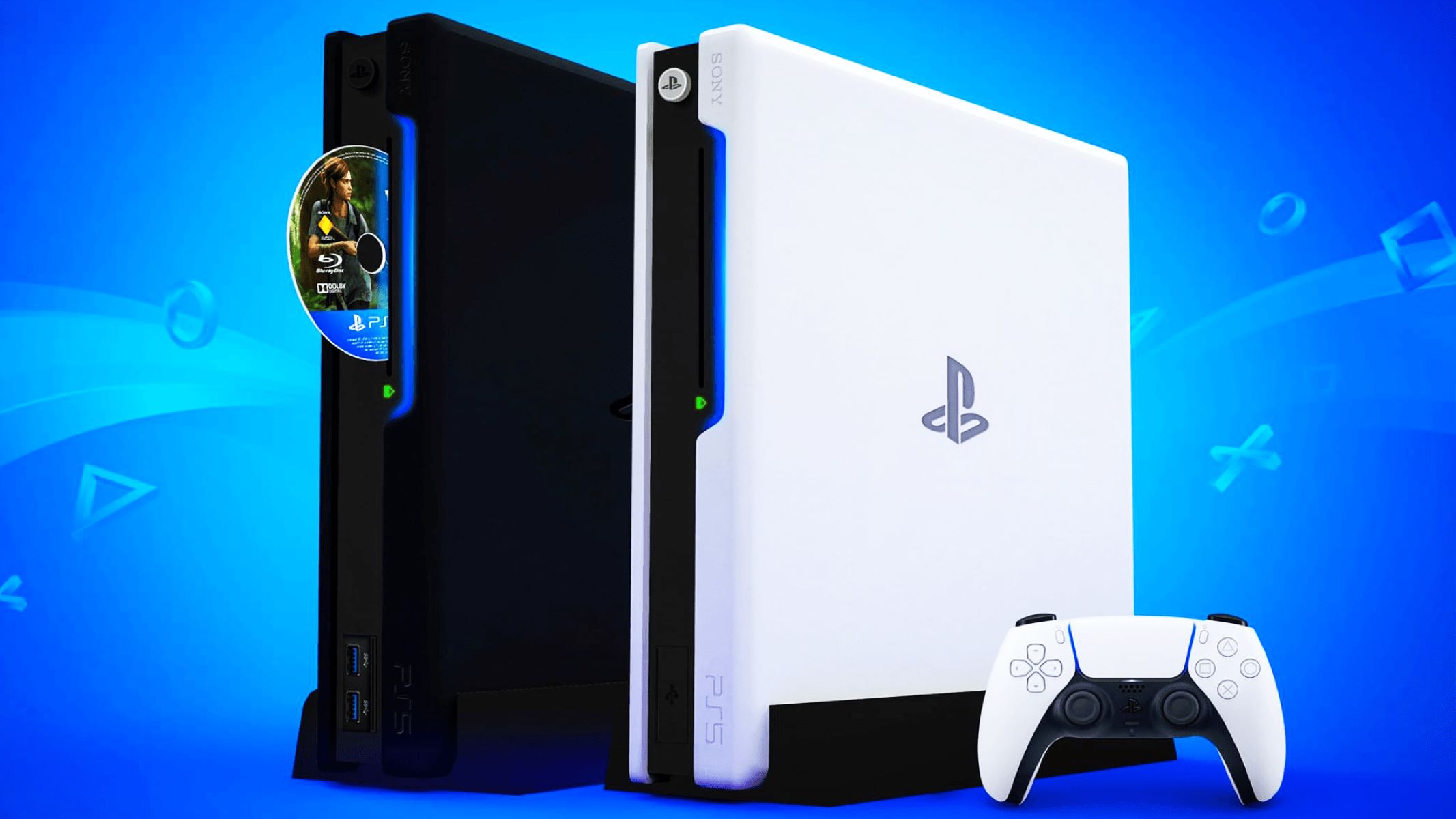Introduction
Welcome to the next generation of gaming! The highly anticipated release of the PlayStation 5, or PS5, has sparked excitement among gaming enthusiasts worldwide. As gamers eagerly await the launch of this cutting-edge console, many are curious about its hardware specifications and capabilities. One important aspect of any gaming console is its random-access memory, commonly known as RAM.
In this article, we will delve into the world of RAM and its significance in gaming consoles. Specifically, we will explore how much RAM the PS5 is equipped with and the benefits that a higher RAM capacity can bring to the gaming experience.
But first, let’s understand the hardware prowess of the PS5 and how it sets the stage for an immersive gaming experience. The PS5 is developed by Sony Interactive Entertainment, and it boasts a formidable set of specifications that are sure to push gaming boundaries to new heights.
The console is powered by a custom octa-core AMD Zen 2 CPU and an RDNA 2-based GPU, delivering remarkable graphics and processing capabilities. Additionally, it includes a high-speed solid-state drive (SSD) for lightning-fast load times and a new DualSense controller with haptic feedback and adaptive triggers for enhanced immersion.
With these impressive hardware components, the PS5 is poised to bring gaming experiences to life like never before. And one crucial component that plays a vital role in this seamless gaming performance is the random-access memory.
The PS5 Hardware Specifications
The PlayStation 5 marks a significant leap in gaming technology with its powerful hardware specifications. Let’s take a closer look at what makes this console a powerhouse in the gaming world.
At the heart of the PS5 is its custom-built CPU and GPU. The console features an eight-core AMD Zen 2 CPU that clocks at a frequency of 3.5 GHz. This powerful processing unit ensures that games run smoothly and effectively handle complex tasks.
Accompanying the CPU is the impressive RDNA 2-based GPU, capable of delivering stunning graphics and real-time ray tracing effects. The GPU offers a maximum clock speed of 2.23 GHz, providing incredible visual fidelity and an immersive gaming experience.
Another standout feature of the PS5 is its high-speed solid-state drive (SSD). With a capacity of 825 GB, this SSD drastically reduces load times, allowing gamers to jump into their favorite titles almost instantaneously. Whether it’s exploring vast open worlds or swiftly transitioning between game levels, the PS5’s SSD ensures a seamless and fluid gaming experience.
In addition to the impressive CPU, GPU, and SSD, the PS5 is equipped with 16 GB of GDDR6 RAM. This random-access memory is specifically optimized for gaming, allowing for quick data retrieval and smooth multitasking.
Furthermore, the PS5 supports 8K resolution output and is compatible with 4K displays, ensuring that players can enjoy games with breathtaking visuals. The console also supports ray tracing technology, which adds realistic lighting and reflections to in-game environments, further enhancing the overall visual quality.
With its advanced hardware specifications, the PS5 sets a new standard for console gaming performance. Whether it’s fast load times, stunning graphics, or immersive gameplay, this console delivers on all fronts, providing a truly next-generation gaming experience.
Understanding RAM and its Role in Gaming Consoles
Random-access memory, or RAM, is a critical component in gaming consoles like the PS5. It serves as a temporary storage space that allows the console to store and quickly access data required for seamless gameplay. In simple terms, RAM acts as a bridge between the console’s CPU, GPU, and the game itself.
When a game is running on a console, it requires various resources such as textures, models, and audio files to render the visuals and provide a rich audio experience. These resources need to be stored in memory for immediate access, and that’s where RAM comes into play.
The role of RAM in gaming consoles is twofold. Firstly, it acts as a cache for actively used data. The console’s CPU and GPU can retrieve this data from RAM at lightning-fast speeds, resulting in smooth gameplay without any noticeable delays or frame drops.
Secondly, RAM enables multitasking on the console. It allows the console to allocate resources for different game elements simultaneously. For example, while playing a game, the console may need to load new assets from the storage device, retrieve audio clips, and process user inputs, all at the same time. The RAM ensures that these tasks can be executed efficiently without interrupting the gameplay experience.
Moreover, RAM plays a crucial role in maintaining a consistent level of visual detail in games. It allows the console to hold more data in memory, reducing the need to constantly stream assets from the storage device. This means that the console can render high-resolution textures, complex models, and detailed environments without sacrificing performance.
Having an adequate amount of RAM is essential for gaming consoles, as it directly impacts the performance and overall gaming experience. Insufficient RAM can lead to longer loading times, frequent stutters or freezes, and reduced graphical fidelity. On the other hand, consoles with ample RAM can handle resource-intensive games effortlessly, providing a smooth and immersive gaming experience.
Now that we have a basic understanding of RAM and its role in gaming consoles, let’s explore how much RAM the PS5 packs under its sleek exterior.
How Much RAM Does the PS5 Have?
The PlayStation 5 comes equipped with a generous 16 GB of GDDR6 random-access memory (RAM). This ample amount of RAM ensures that the console has enough memory to handle demanding games and perform tasks efficiently.
Compared to its predecessor, the PlayStation 4, which had 8 GB of unified GDDR5 RAM, the PS5’s doubled RAM capacity allows for more data to be stored and processed simultaneously. This increased capacity has a significant impact on gameplay, as it enables developers to create more immersive and detailed worlds without compromising performance.
The PS5’s 16 GB of RAM is split into two separate pools: 10 GB is dedicated to graphics-related tasks, while the remaining 6 GB is allocated for system tasks and background processes. This division ensures that the GPU has ample memory to render complex visuals, while still leaving enough headroom for the system to handle other essential functions.
Additionally, the PS5 utilizes a fast memory interface that provides a high data transfer rate, allowing for quick access to the stored data. This, combined with the console’s powerful CPU and GPU, contributes to the overall performance and seamless gaming experience.
With its substantial amount of RAM, the PS5 not only enhances the graphical capabilities of games but also enables developers to implement more advanced features and mechanics. From detailed textures and intricate models to complex artificial intelligence and physics simulations, the increased RAM capacity opens up a world of possibilities for game developers.
It’s important to note that while the PS5’s 16 GB of RAM is a substantial leap forward in terms of capacity, it’s not the only factor that determines the console’s performance. The CPU, GPU, and storage technology, among other hardware components, all work in synergy to deliver a remarkable gaming experience. Nonetheless, the ample amount of RAM in the PS5 ensures that the console is well-equipped to handle the demands of next-generation gaming.
Performance Benefits of a Higher RAM Capacity
Having a higher RAM capacity, like the 16 GB found in the PS5, offers various performance benefits that elevate the gaming experience to new heights. Let’s explore some of the advantages that come with a larger RAM capacity in gaming consoles.
1. Smoother Gameplay: With more RAM available, games can load and cache larger amounts of data, resulting in smoother gameplay with reduced loading times and seamless transitions between scenes. This means that players can enjoy uninterrupted immersion without experiencing any noticeable slowdown or lag.
2. Enhanced Visual Fidelity: Games that utilize high-quality textures and complex graphics require more memory to store and process these assets effectively. With a higher RAM capacity, the PS5 can handle these resource-intensive tasks effortlessly, resulting in stunning visuals, rich detail, and enhanced overall graphical fidelity.
3. Seamless Multitasking: The increased RAM capacity allows for efficient multitasking on the console. You can switch between applications and games without experiencing significant performance degradation. For example, you can chat with friends in a party while playing a game, run background downloads, or stream content, all without impacting the gameplay experience.
4. Quick Asset Streaming: Many modern games utilize streaming technology to dynamically load game assets, such as levels, textures, and audio, on-demand. A higher RAM capacity enables the console to store and retrieve these assets more rapidly, minimizing pop-in and ensuring a more consistent and immersive experience.
5. Advanced Game Features: More RAM provides game developers with greater flexibility and creative possibilities. With a larger memory pool, developers can include advanced features such as dynamic weather systems, expansive open worlds, intricate physics simulations, and complex AI routines. These features contribute to a more immersive and realistic gameplay experience.
It’s important to note that while a higher RAM capacity is crucial for optimal performance, it’s not the only factor that determines overall gaming experience. The CPU, GPU, storage technology, and game optimization all play integral roles as well. Nonetheless, the increased RAM capacity of the PS5 ensures that the console is equipped to handle the demands of next-generation gaming with ease.
With its powerful hardware and ample RAM, the PS5 sets a new standard for gaming consoles, providing players with unparalleled performance, stunning visuals, and a truly immersive gaming experience.
Comparison with Previous Gaming Consoles
When comparing the PS5’s hardware specifications to its predecessors, such as the PS4 and PS3, it becomes evident how far gaming technology has advanced. Let’s delve into a comparison of the PS5 with previous gaming consoles to understand the leaps in performance and capabilities.
The PlayStation 4, released in 2013, featured 8 GB of unified GDDR5 RAM. Compared to the PS5’s 16 GB of GDDR6 RAM, this represents a doubling of the RAM capacity. The increased RAM not only allows for better performance and smoother gameplay but also enables developers to create more visually stunning and immersive worlds.
Looking back further, the PlayStation 3, which debuted in 2006, had 256 MB of XDR RAM and 256 MB of GDDR3 VRAM. Comparing it to the PS5’s significant 16 GB of GDDR6 RAM, the difference is staggering. The increased RAM capacity in the PS5 ensures faster data transfer rates and smoother gaming experiences.
Furthermore, the PS5’s graphics processing capabilities surpass those of its predecessors by a wide margin. The PS4 introduced an AMD Radeon-based GPU with 1.84 TFLOPS of performance, while the PS3 featured a custom RSX GPU with 230.4 GFLOPS. In contrast, the PS5’s RDNA 2-based GPU boasts an impressive 10.28 TFLOPS of performance. This substantial increase in graphical power allows for more realistic visuals, ray tracing effects, and overall improved gaming experiences.
In terms of storage technology, the PS5 utilizes a lightning-fast solid-state drive (SSD) compared to the traditional hard disk drives (HDDs) found in the previous generations. This results in significantly reduced load times, faster asset streaming, and quicker access to data. The result is a seamless gaming experience with almost no waiting time between levels or game sections.
When it comes to backward compatibility, the PS5 takes a step forward by offering support for the vast majority of PS4 games. This means players can enjoy their existing library of games on the new console, taking advantage of improved performance and features, while also being able to access a growing library of next-generation PS5 titles.
In summary, the comparison between the PS5 and previous PlayStation consoles highlights the significant advancements made in gaming technology over the years. The increased RAM capacity, improved GPU performance, faster storage technology, and enhanced backward compatibility bring a new level of gaming experience to players.
Importance of RAM in Next-Gen Gaming
As we enter the era of next-generation gaming, the importance of RAM in gaming consoles, like the PS5, cannot be overstated. RAM plays a crucial role in shaping the performance, capabilities, and overall gaming experience. Here are some reasons highlighting the significance of RAM in next-gen gaming:
1. Enhanced Visuals: Next-gen games push the boundaries of graphical fidelity and realism. These games require a substantial amount of memory to store high-resolution textures, complex models, and detailed environments. With more RAM available, gaming consoles can load and render these assets seamlessly, resulting in stunning visuals and immersive gameplay.
2. Larger Game Worlds: With the increasing demand for larger and more expansive game worlds, more RAM is required to store the vast amount of data needed for these environments. Whether it’s an open-world city teeming with life or a sprawling fantasy realm, a higher RAM capacity allows consoles to handle the data efficiently, ensuring smooth exploration and uninterrupted gameplay.
3. Seamless Asset Streaming: Next-gen games often employ streaming technology to deliver a seamless and uninterrupted gaming experience. This technology relies heavily on RAM to load and cache assets on-demand, such as textures, audio files, and level data. Ample RAM ensures that these assets can be quickly retrieved, minimizing loading times and avoiding any noticeable pop-in or visual inconsistencies.
4. Advanced Game Mechanics: Next-gen gaming brings innovative gameplay mechanics and features. These mechanics often rely on a significant amount of memory to store and manipulate data in real-time. For example, procedural generation, advanced physics simulations, and complex AI routines all require ample RAM to run smoothly and deliver the desired gaming experience.
5. Multitasking and Quick Resume: With the evolution of consoles into multimedia entertainment centers, multitasking has become an integral part of the gaming experience. RAM allows the console to efficiently switch between games, applications, and other background tasks, providing a seamless and intuitive user experience. Additionally, higher RAM capacity enables features like Quick Resume, allowing players to quickly jump back into their games without losing progress.
6. Future-Proofing: As technology continues to advance, game developers will undoubtedly push the limits of hardware capabilities. By equipping next-gen consoles with ample RAM, console manufacturers ensure that players can enjoy upcoming games and future updates without worrying about hardware limitations. This future-proofing aspect extends the lifespan of consoles and guarantees a more immersive and enjoyable gaming experience for years to come.
Overall, RAM plays a crucial role in next-gen gaming, enabling consoles like the PS5 to deliver breathtaking visuals, expansive game worlds, advanced mechanics, and seamless multitasking capabilities. With a higher RAM capacity, players can fully immerse themselves in the next generation of gaming and experience true gaming excellence.
Conclusion
The PlayStation 5, with its impressive hardware specifications and ample RAM capacity, ushers in a new era of gaming. With 16 GB of GDDR6 RAM, the PS5 is well-equipped to handle the demands of next-gen gaming, delivering enhanced visuals, seamless gameplay, and innovative features.
The increased RAM capacity allows for smoother gameplay, reduced loading times, and improved multitasking capabilities. It enables developers to create more immersive and visually stunning worlds, leveraging high-quality textures, complex models, and dynamic environments.
Furthermore, the PS5’s RAM plays a critical role in supporting advanced game mechanics, such as procedural generation, intricate physics simulations, and realistic AI routines. It also contributes to the quick and efficient streaming of assets, minimizing pop-in and maintaining a consistent level of visual quality.
Comparing the PS5’s hardware specifications to its predecessors highlights the significant advancements made in gaming technology. The increased RAM capacity, powerful CPU and GPU, and fast solid-state drive combine to offer an unparalleled gaming experience.
As we look towards the future of gaming, the importance of RAM in next-gen consoles cannot be overstated. It sets the foundation for enhanced graphics, larger game worlds, seamless asset streaming, and advanced gameplay mechanics. It also ensures that gaming consoles remain future-proofed, capable of handling increasingly demanding games and software updates.
In conclusion, the substantial RAM capacity in the PS5 plays a vital role in unlocking the full potential of next-gen gaming. Whether you’re exploring stunning in-game environments, enjoying smooth gameplay, or experiencing innovative features, the PS5’s RAM ensures that you’ll be fully immersed in the captivating world of gaming like never before.







